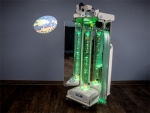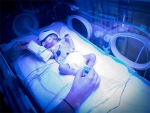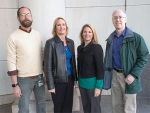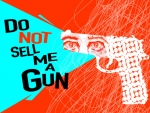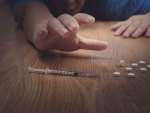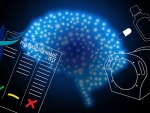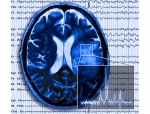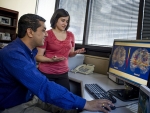Displaying items by tag: department of psychiatry and behavioral neurobiology
New UAB research says sensory adjustments, such as turning down the lights and reducing noise levels, can improve behavior on high-acuity psychiatric units.
Tagged under
Women with substance use disorders now have a comprehensive care program at UAB to help navigate prenatal and postpartum care.
Tagged under
The ProAssurance Endowed Chair for Physician Wellness at UAB will help address health issues unique to physicians as they deal with the stress and pressures associated with providing care in today’s evolving health care environment.
Tagged under
- school of medicine
- school of nursing
- uab medicine
- department of surgery
- department of radiology
- department of anesthesiology and perioperative medicine
- department of dermatology
- department of emergency medicine
- department of family and community medicine
- department of medicine
- department of neurology
- department of neurosurgery
- department of obstetrics and gynecology
- department of ophthalmology and visual sciences
- department of otolaryngology
- department of pediatrics
- department of pharmacology and toxicology
- department of physical medicine and rehabilitation
- department of radiation oncology
- department of psychiatry and behavioral neurobiology
- department of urology
- release
Yogesh Dwivedi has been named chair of the NIH Pathophysiological Basis of Mental Disorders and Addictions Study Section.
Bhambhvani, a psychiatry and School of Medicine student, will receive funding to pursue a biological science graduate degree at the University of Cambridge if selected.
Tagged under
Alabama now has more EPSCoR Track II grants than any other state following the award of basic science grants meant to stimulate competitive research in regions of the country traditionally less able to compete for such research funds.
Tagged under
- neuroscience
- release
- department of neurobiology
- department of radiology
- department of physics
- department of chemistry
- department of neurology
- department of vision sciences
- department of psychiatry and behavioral neurobiology
- department of ophthalmology and visual sciences
- civitan international research center
- optogenetics
- college of arts and sciences
- school of medicine
A mechanism through which circadian clocks in neurons encode external daily rhythms of excitability allows pacesetter neurons to communicate with the rest of the body via electrical impulses, with possible implications in understanding and treating mood disorders.
Tagged under
"Studies indicate the vast majority of suicide attempt survivors end up eventually dying of something other than suicide, so a means of preventing someone from making future gun purchases during a suicidal crisis might reduce suicide rates.”
A UAB study examines teen sleep patterns and exposure to media in an effort to see if there is a link to teen obesity.
Tagged under
A UAB crowdfunded study of Narcan to reverse heroin overdoses has funded 350 naloxone kits and reversed nine overdoses.
Tagged under
A UAB study that is the first of its kind found that a tiny RNA — miR-124-3p — appears to play a role in producing major depression.
Tagged under
Summa cum laude graduate John Wesley Chancellor has been selected to serve in the Peace Corps, joining others from UAB in a longstanding tradition of involvement in the program.
Tagged under
The bullying, lying and lack of respect in this year’s political campaigning is teaching children all the wrong lessons, and parents need to intervene.
Tagged under
 Neuron-derived microRNAs obtained from blood samples may correlate with treatment response and could aid the search for new therapeutics.
Neuron-derived microRNAs obtained from blood samples may correlate with treatment response and could aid the search for new therapeutics.
Research underway in UAB’s Mood Disorders Program is investigating promising new therapies, including novel drugs and low field magnetic stimulation.
Naloxone kits have prevented more than 10,000 deaths from opioid overdose since local distribution programs began in 1996. Now, as deaths from opioid overdose reach an all-time high in the United States, a crowdfunded project from UAB researchers aims to put naloxone in the hands of those at highest risk.
About half of American hospitals have some form of arts programming, usually art or music therapy. Now a growing number of medical centers — UAB Hospital is the first in Alabama — are implementing the more comprehensive AIM model.
Tagged under
UAB researchers find a chemical pathway — a glutamate transporter — that may be causing seizures and shorten survival rates for patients with brain tumors.
Tagged under
UAB yields two-plus winners for fourth consecutive year for national undergraduate research scholarship program.
Tagged under
- college of arts and sciences
- school of engineering
- school of medicine
- department of biomedical engineering
- department of chemistry
- department of psychology
- undergraduate neuroscience program
- global and community leadership honors program
- honors college
- science and technology honors program
- department of pediatrics
- department of psychiatry and behavioral neurobiology
- department of physics
- neuroscience
Combined measurements of brain anatomy, connectivity and neurochemistry distinguish autism spectrum disorder subjects from controls.
Tagged under
